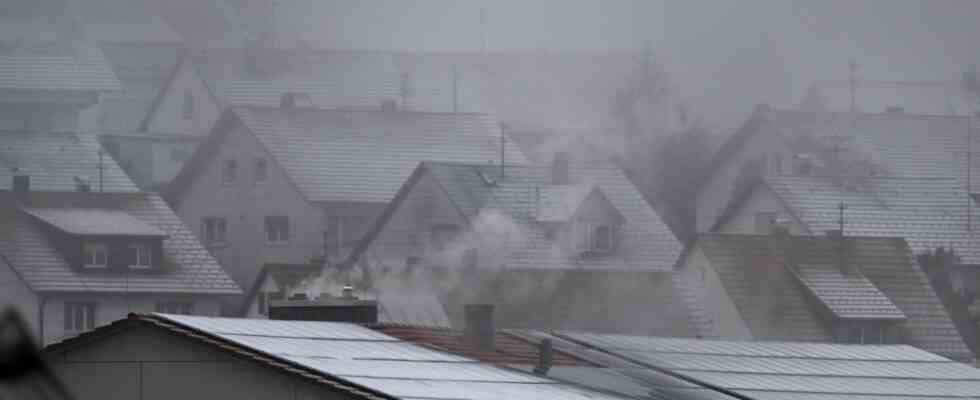Status: 09.12.2022 1:36 p.m
The Federal Network Agency has complained that gas consumption has increased in a weekly comparison. Nevertheless, the storage operators currently see no signs that a shortage could arise.
As is usual in winter, the fill level in German gas storage facilities has fallen further. The risk of a gas shortage in the coming weeks has not increased because of this, according to the Energy Storage Initiative (Ines). Reason are the increased savings in gas consumption.
Although shortages “cannot yet be completely ruled out”, they are “extremely unlikely”, according to the initiative. The prerequisite is that “no extremely low temperatures” occur and that the “currently strong savings in consumption” continue. Then Germany will also get through this winter well.
Ines is an association of 14 storage operators who, according to their own statements, represent more than 90 percent of German gas storage capacities. The initiative examined three scenarios – normal temperatures like in 2016, warm temperatures like in the European winter of 2020 and cold temperatures like in the winter of 2010, when double-digit minus temperatures were frequently recorded.
In all of the scenarios considered, another extensive filling of the German gas storage facilities before next winter is also possible. However, this would require a high volume of imports of liquefied natural gas (LNG) – comparable to the level in November this year.
Storage is about 96 percent full
According to the Federal Network Agency, German gas storage facilities are currently about 95.5 percent full. On November 15, the operators announced that the tank was 100 percent full. Since then the filling quantity has decreased. The largest German storage facility in Rehden, Lower Saxony, was almost 92 percent full, according to data published on the Internet.
Storage serves as a buffer system
The storage facilities compensate for fluctuations in gas consumption and thus form a buffer system for the market. They are usually well filled when the heating season begins in autumn. The filling levels then decrease until spring. According to the Energy Industry Act, they should still be 40 percent full on February 1st. It should be noted that gas continues to flow to Germany through pipeline imports, currently mainly from Norway, the Netherlands and Belgium.
Authority chief Müller: “Let’s not be careless”
The Federal Network Agency had complained on Thursday that gas consumption was currently increasing and the savings target was “missed for the first time”. Accordingly, gas consumption in the 48th calendar week was 13 percent below the average consumption of the past four years, but rose by 14 percent compared to the previous week. “If that remains an outlier – okay, we’ll put up with it. The gas storage facilities are well filled,” said the President of the Authorities, Klaus Müller morning magazine. “But that should get a little better in December, January, February.”
Winter can last a long time. The reservoirs would have to be filled for the following winter, and Germany might have to help neighboring countries in an emergency. In any case, the industry must be protected from gas being rationed. His urgent request is therefore: “Let’s not be careless.”

